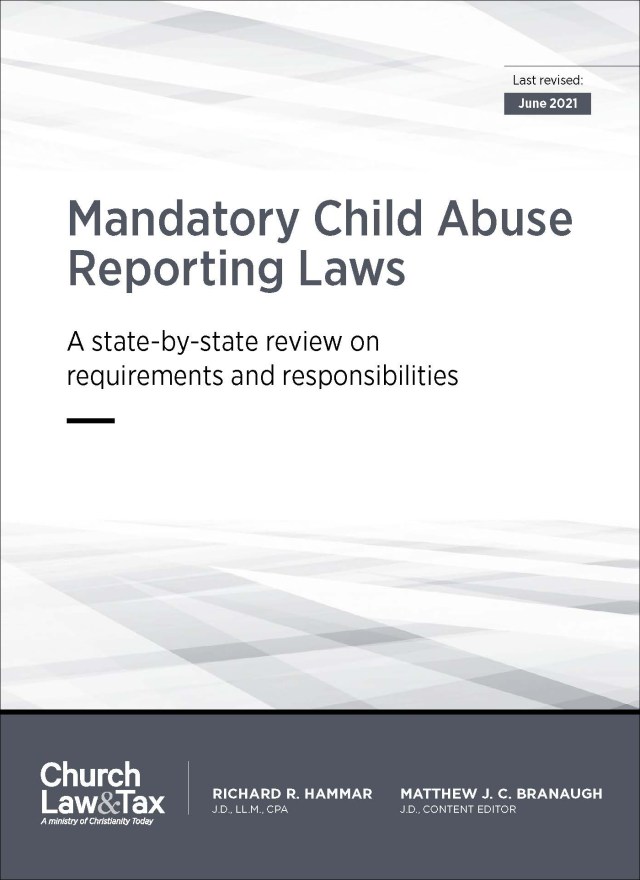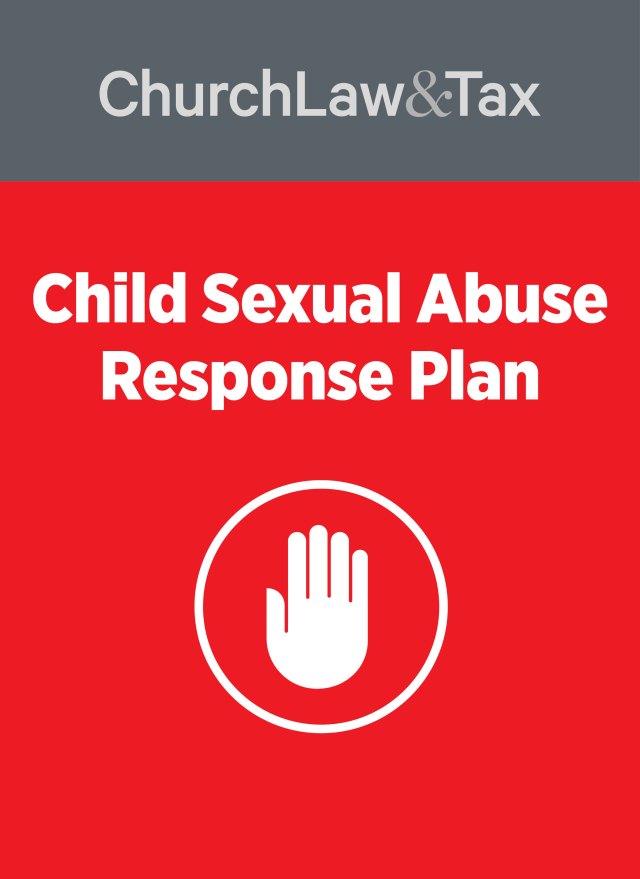• Key point. A church ordinarily will not be legally responsible for the sexual molestation of a child on church property or during a church activity unless it was negligent in hiring or supervising the molester.
• Key point. Church leaders who allow a person to work with children despite evidence of previous misconduct are subjecting the church to possible civil liability on the basis of negligence. Liability will depend on a number of factors, including the age, nature, and credibility of the evidence.
1. A Massachusetts court ruled that a diocese probably was not liable for the sexual molestation of a child by a priest more than twenty years ago. An adult woman sued a diocese, claiming that it was responsible for injuries she sustained when she was molested by a priest more than twenty years ago when she was four or five years old. The court noted that “the only shred of evidence” that the diocese had notice of the priest’s pedophiliac propensities before the time of the victim’s molestation was a response to a question in a 1963 confidential investigation of the priest. The question asked “has he conducted himself with persons of the other sex in such a way as to cause scandal, criticism or suspicion?” The answer to this question was “yes.” The court concluded that “it is doubtful that the questionnaire’s answer to this question alone would be sufficient to permit a jury to reasonably infer that the diocese had notice of [the priest’s] proclivities in regard to possible molestation of a young female child prior to the incidents alleged in this case” and that it “would be inclined” to dismiss the case against the diocese if this were the “only evidence bearing on notice to the diocese of [the priest’s] misconduct.” However, the court refused to dismiss the case (and allowed it to proceed to trial) because the diocese had wrongfully withheld this document in response to a court order to turn over all evidence pertaining to the priest. The court concluded that the diocese’s failure to turn over this document “constituted serious and culpable non-compliance with the Massachusetts Rules of Civil Procedure and with this court’s express order where, as here, the production of the 1963 Report could lead to the discovery of other evidence concerning the diocese’s knowledge about [the priest’s] sexual activities.”
The court cautioned that the woman “has many obstacles to overcome in order to prevail in this case (including, in addition to proof that the diocese had notice of [the priest’s] alleged activities, the immunity and statute of limitation defenses, and the difficulty of proving the veracity and accuracy of her memory of events at a time when she was only four or five years old).” Nevertheless, “she should certainly not be deprived of a fair opportunity to do so by the wrongful non-disclosure of relevant documents.”
Application. This case illustrates an important point. While churches and denominational agencies generally are liable for a worker’s acts of child molestation if they had knowledge of previous misconduct of a similar nature, this will not always be the case. Courts may consider the age and nature of the evidence in deciding whether or not a church was “on notice” of a worker’s propensity to molest children. In this case, the only evidence that the priest posed a risk of molesting children was an ambiguous response to a question in a 1963 confidential investigation of the priest. The question asked “has he conducted himself with persons of the other sex in such a way as to cause scandal, criticism or suspicion?” The answer to this question was “yes.” The court suggested that the age and nature of this evidence was insufficient to place the diocese on notice more than 30 years later that the priest posed a risk of molesting children. This case will be helpful to any church that is sued on the basis of negligence for a worker’s acts of child molestation, if the evidence of previous misconduct was both many years old and not directly associated with child abuse or similar crimes. On the other hand, church leaders should recognize that some courts may be more aggressive in holding churches responsible for acts of child molestation though the evidence available to church leaders was old or ambiguous. For example, assume that church leaders allow a convicted pedophile to work with children. They dismiss the relevance of the prior conviction because it occurred 20 years ago. This would be a very dangerous decision, since there is no known case of a pedophile being “cured.” As a result, the fact that the conviction occurred 20 years ago would not lessen the risk that the person poses to children in the church. If he molests a child on church premises or during a church activity, a court might conclude that the church was negligent in hiring him because of its knowledge of the 20-year-old incident of pedophilia. Yerrick v. Kelley, 1998 WL 374941 (Mass. Super. 1998). [Seduction of Counselees and Church Members, Negligence as a Basis for Liability, Denominational Liability]
© Copyright 1999 by Church Law & Tax Report. All rights reserved. This publication is designed to provide accurate and authoritative information in regard to the subject matter covered. It is provided with the understanding that the publisher is not engaged in rendering legal, accounting, or other professional service. If legal advice or other expert assistance is required, the services of a competent professional person should be sought. Church Law & Tax Report, PO Box 1098, Matthews, NC 28106. Reference Code: m67 m40 c0299


